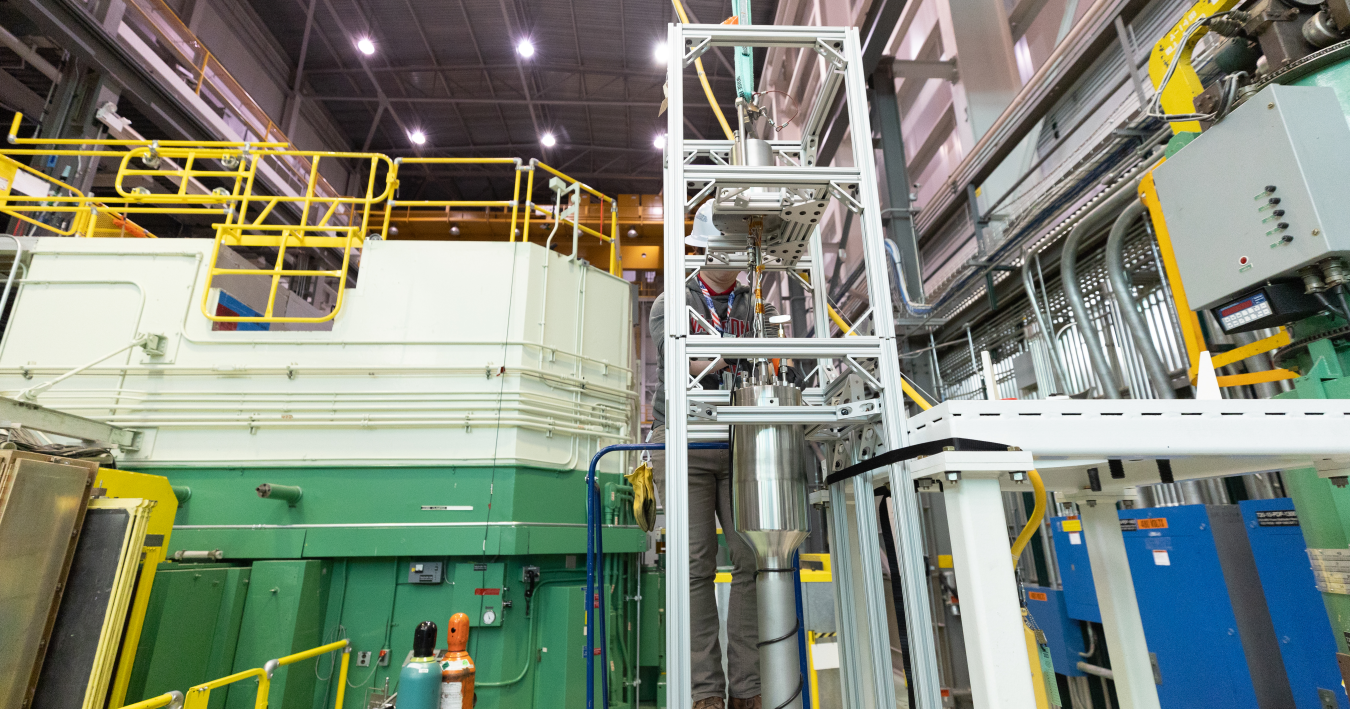 Researchers at the US Department of Energy’s Idaho National Laboratory (INL) have performed a new experiment that shows what happens to nuclear fuel when there is a loss of coolant accident. This is the first such test in the US in more than 35 years Previously similar experiments were only available in Russia.
Researchers at the US Department of Energy’s Idaho National Laboratory (INL) have performed a new experiment that shows what happens to nuclear fuel when there is a loss of coolant accident. This is the first such test in the US in more than 35 years Previously similar experiments were only available in Russia.
INL has developed a specialised experiment holder that can be loaded into its Transient Reactor Test (TREAT) Facility. The new “TWIST” capsule is designed to hold a fuel sample that is surrounded by water, which can be rapidly drained during testing.
The TWIST experiment is paired with TREAT’s transient pulses. These are short, sudden bursts of energy five times more powerful than a commercial reactor, that can simulate loss of coolant accident (LOCA) conditions in a controlled environment.
DOE says data collected from the experiment will help industry assess fuel performance, answer regulatory questions, and develop new fuel technologies. “Loss of coolant accident testing is essential to developing new fuels that will boost the performance of our nuclear power plants and help them run more efficiently,” said Bill McCaughey, Director of Advanced Fuel Technologies at DOE’s Office of Nuclear Energy. “Bringing this testing capability back to the US ensures the timely deployment of accident tolerant fuels that our industry has worked so hard to develop.”
All US NPPs are light water reactors that use water to cool their cores. A LOCA could occur if water rushes out of the reactor faster than it can be replaced, causing significant damage to system. LOCA testing is a key part of assessing the behaviour of nuclear fuels and materials. It ensures that the equipment maintains its intended safety function under this scenario.
The US lost the ability to perform LOCA tests when its Power Burst Facility shut down at INL in the mid-1980s. To bridge this testing gap, the US worked with Norway to conduct fuel safety tests at the Halden Boiling Water Reactor. When that reactor closed in 2018, LOCA testing was only possible at a Russian test reactor. INL then made modifications to TREAT to accommodate a larger experiment rig that can be used by TWIST and future experiments at the facility.
The TREAT facility operated from 1959 to 1994, when it was placed in standby mode. A resurgence of interest in developing innovative nuclear technologies has driven demand for transient testing. TREAT was restarted in 2017 and modified to enable it to provides transient testing of nuclear fuels and materials. The facility is now used to study fuel melting behaviour, interactions between fuel and coolant, and the potential for propagation of failure to adjacent fuel pins under conditions ranging from mild upsets to severe accidents.
The larger rig will also be used for upcoming sodium loop tests to support the development of TerraPower’s Natrium small modular reactor. The TREAT facility will also house DOE’s MARVEL microreactor. The sodium-potassium-cooled microreactor is expected to be operational in 2025 and will be used to advance small reactor technologies.
Image: The TWIST experiment will conduct loss of coolant accident testing at INL's TREAT reactor (courtesy of US DOE)



